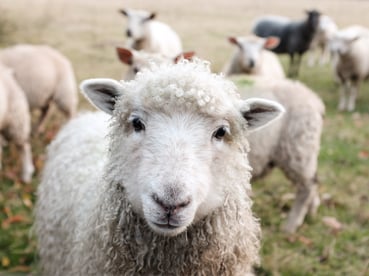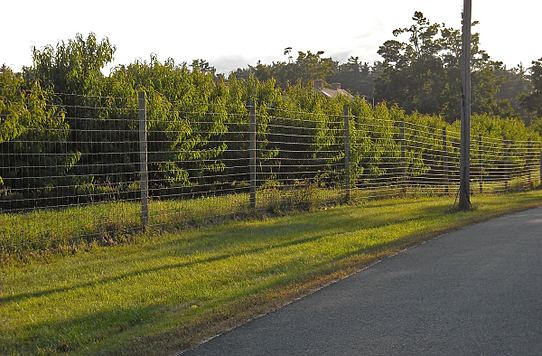High Tensile Tough
Ever wondered how to put up high tensile field fencing? Installing a field fence can pose many challenges if you don't know how to do it. Watch this instructional video below from Stay-Tuff and learn how: to keep your animals safer; make your fence last longer; add value to your property! It will guide you through the steps, from planning to completion.
1. Planning your field fence
- Take time to sketch a map and layout the fence, locating corners and gates.
- Think about your future fencing needs.
- Make sure you have all the necessary tools to complete the job.
- Note any natural obstacles - streams, gullies, etc.
- Clear the fence line, removing brush and any obstacles.
2. Set the posts
- Install end, corner, and brace posts.
- Build horizontal brace members to support tensioning of wire.
- Remove knots to tie off horizontal wires to end posts.
- Tension the fence sections using a stretcher-bar.
- Splice lengths of fencing together.
4. Attach the fence to posts
- Staple horizontal fence wires to wood posts.
- Secure fence to metal T posts with T post ties.












